When given an array of non-consecutive days rendered in a C3js chart, lines are drawn directly between points. Is there a setting that allows C3js to interpret days not supplied as having value 0, such that lines between non-consecutive days will drop to value 0 first on the intervening days before rising back up to the next supplied day's value?
An temporary alternative, I could imagine, would be the use of a bar chart, but I would prefer a line graph.
 Above is an image of an undesirable result, wherein dispersed data points are connected directly, without dropping to value 0 for the intervening period.
Above is an image of an undesirable result, wherein dispersed data points are connected directly, without dropping to value 0 for the intervening period.
Temporary solution
A method that I have created, as a temporary solution, is to write a function that just produces an array of dates that go from the first to the last date of the day values array. It provides a 0 value then for days that have index of -1 in the original date array.
var newKeysDay = getDatesArray(firstDay, lastDay);
var newValsDay = [];
newKeysDay.forEach(function (day) {
var i = keysDay.indexOf(day);
if (i > -1) newValsDay.push(valsDay[i]);
else newValsDay.push(0);
});